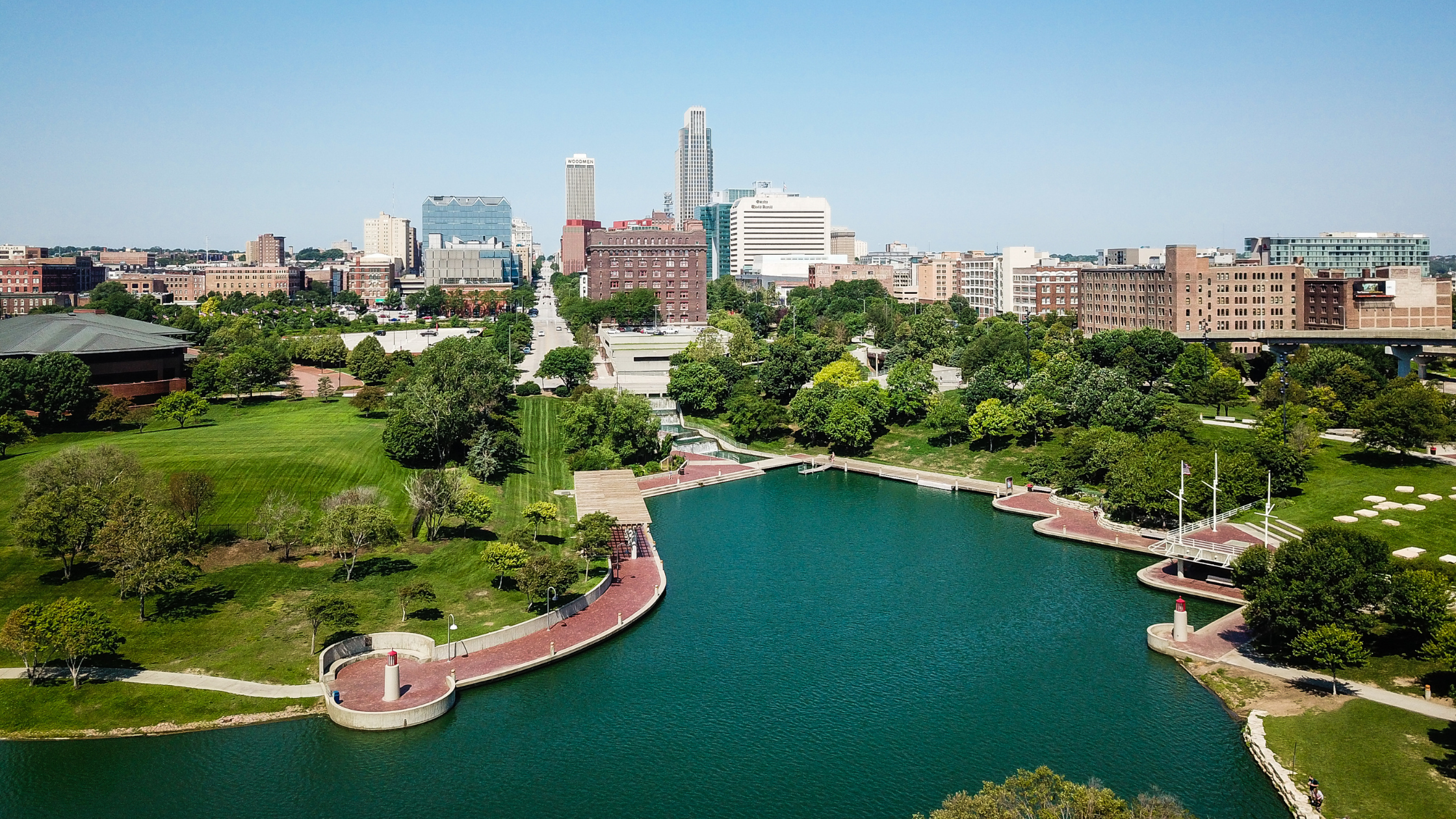This memo presents evidence on the efficacy of universal vote by mail (UVBM) and permanent absentee voting (PAV). With UVBM, all registered voters are sent a ballot in the mail without needing to proactively request one. With PAV (also known as “single signup”), voters sign up once to receive ballots in the mail for all subsequent elections.
Like other state voting laws (ID, early voting, etc.), UVBM and PAV may have a significant impact on whether people actually turnout to vote. Both methods significantly reduce the obstacles in the way of voting by bringing the polling place to the voter rather than making the voter go to the polling place. VoteAmerica has conducted a number of analyses aimed at assessing this impact and find that both methods substantially boost voter turnout.








